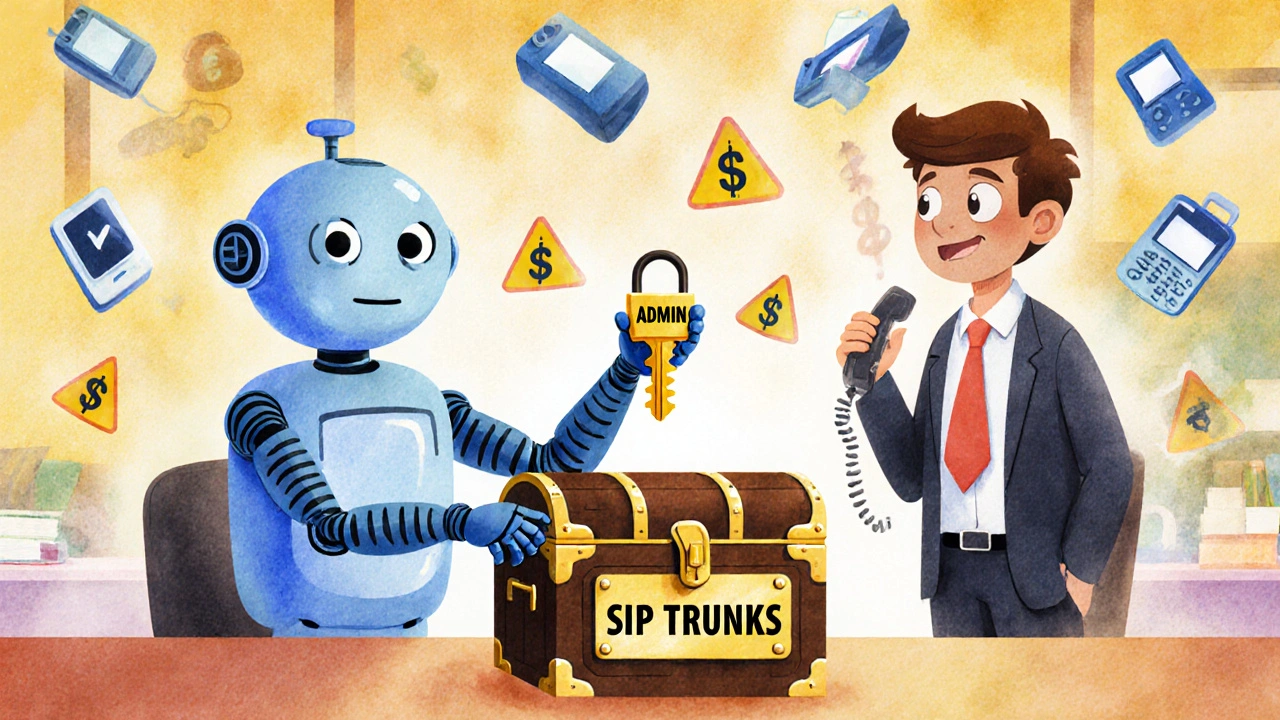Access Segmentation in VoIP: Secure Calls, Control Networks, and Prevent Breaches
When you use access segmentation, a method of dividing a network into controlled zones to limit who can connect and what they can do. Also known as network segmentation, it's the difference between leaving your front door wide open and locking each room separately. In VoIP systems, this isn’t just a best practice—it’s a must-have to stop hackers from hijacking your calls, draining your balance, or turning your phone system into a spam bot. Without it, any device that guesses a password can make international calls, record conversations, or crash your entire system.
Access segmentation works by tying user identity to network permissions. For example, your receptionist’s phone might only be allowed to make local calls and access the auto-attendant. Your sales team’s softphone can reach global numbers but can’t touch call recording settings. And your fax machine? It gets its own isolated lane—no internet access, no SIP registration, just plain old analog signals through an ATA. This is where SIP authentication, the process that verifies a device or user before allowing a call to connect. Also known as SIP registration, it’s the first gatekeeper in access segmentation. If a device doesn’t pass this check—using strong passwords, SRTP encryption, or modern digest algorithms—it gets blocked before it even rings. And when combined with VoIP access control, rules that define which users, devices, or IP ranges can connect to specific services. Also known as call routing policies, it’s what stops a compromised office phone from dialing Nigeria at 3 a.m. Tools like Fail2ban and rate limiting don’t just react to attacks—they prevent them from ever starting.
Most businesses think VoIP security is about firewalls and antivirus. But the real risk is inside the network. A single unsecured IP phone, a misconfigured softphone, or an old ATA left online can become a backdoor. Access segmentation closes those gaps by design. It’s why hospitals, schools, and call centers that use it see 80% fewer SIP brute-force attacks. It’s why your monthly phone bill doesn’t suddenly spike because someone cracked your system. And it’s why your customer data stays private—not sitting on some hacker’s server in Eastern Europe.
What you’ll find below are real, practical guides on how to set this up—not theory, not vendor hype. You’ll learn how to lock down SIP registration, isolate legacy devices with ATAs, block unauthorized traffic with network rules, and use tools like Fail2ban to shut down attackers before they even try. Whether you run a small office, a church, or a remote team, you don’t need a big IT budget to make your VoIP system secure. You just need to know where to draw the lines.
